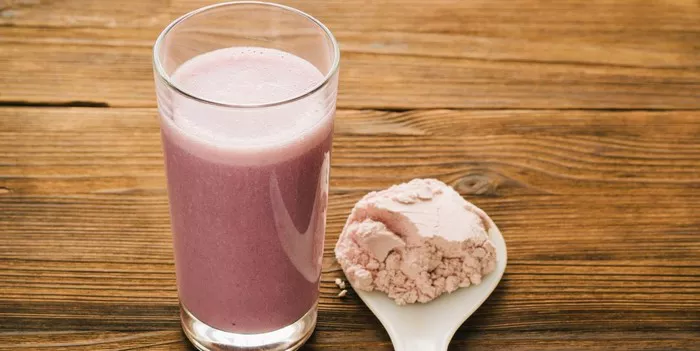In the United Kingdom, an alarming health trend is emerging as soaring obesity levels are causing a significant increase in liver diseases. However, there is a simple yet powerful solution that could halt this worrying progression: a 10 – minute walk every day.
Liver disease in the UK has reached concerning proportions. According to recent data, the rate of liver – related health issues has been steadily climbing, with a substantial portion of cases linked to the nation’s growing obesity problem. Obesity, which is on the rise across the country, often leads to the build – up of dangerous fat in the liver, triggering non – alcoholic fatty liver disease (NAFLD). This condition, affecting up to one in three adults, can significantly increase the risk of liver cancer and other serious health complications.
The reasons behind the surge in obesity – related liver disease are multifaceted. Unhealthy dietary habits, characterized by high – fat, high – sugar, and processed food consumption, have become increasingly prevalent. Coupled with a sedentary lifestyle, where people spend long hours sitting at desks or in front of screens, the stage is set for weight gain and subsequent liver problems. Additionally, the easy availability of junk food and the lack of affordable, healthy food options in some areas have contributed to the obesity epidemic, further fueling the rise in liver disease.
A new study from the University of Oxford offers a glimmer of hope. The research, which followed over 91,000 people, aimed to determine the relationship between daily activity levels and the accumulation of fat in the liver. Volunteers wore wrist devices for a week to accurately measure their step counts. The results, published in the journal Medicine and Science in Sports and Exercise, were clear – cut: the more steps people took, the lower their risk of developing fatty liver disease. For every 1,000 steps, which roughly equate to about 10 minutes of movement, the likelihood of getting fatty liver dropped by around 12 percent.
This finding is significant as it highlights the potential of a small, manageable change in daily routine to have a substantial impact on health. Even those who are short on time or not particularly active can incorporate a 10 – minute walk into their day. It could be a brisk stroll during a lunch break, a walk around the neighborhood after dinner, or a short walk to the nearest shop instead of driving. These simple actions can gradually increase daily activity levels and, in turn, reduce the risk of liver disease.
Previous research has also emphasized the importance of physical activity in preventing and managing liver disease. Regular exercise helps to improve insulin sensitivity, reduce inflammation, and promote overall metabolic health, all of which are beneficial for liver function. While a 10 – minute walk is a great start, aiming for at least 150 minutes of moderate – intensity aerobic activity per week, as recommended by health experts, can have even greater benefits. This can include activities such as brisk walking, cycling, or swimming.
Despite the clear link between exercise and liver health, many people in the UK struggle to incorporate physical activity into their lives. Barriers such as lack of time, motivation, or access to safe walking areas can prevent individuals from getting the exercise they need. To address these issues, public health campaigns are needed to raise awareness about the importance of regular exercise for liver health. Employers can also play a role by encouraging employees to take short walking breaks during the workday or by providing access to on – site fitness facilities.
In conclusion, the rising levels of liver disease in the UK due to obesity are a cause for concern. However, the simple act of taking a 10 – minute walk every day has the potential to make a real difference. By making this small change and gradually increasing physical activity levels, individuals can take an important step towards protecting their liver health and reducing the risk of developing serious liver conditions.
Related topics:
































